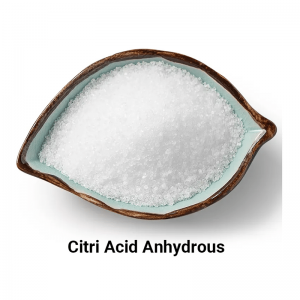| Basic Information | |
| Product name | Magnesium Oxide |
| Grade | Food Garde |
| Appearance | White powder |
| Purity | 80-99.99% |
| Shelf life | 2 years |
| Packing | 25kg/bag |
| Condition | Keep in a cool, dry, dark location in a tightly sealed container or cylinder. |
What is Magnesium Oxide?
Magnesium Oxide ,or magnesia, is a white hygroscopic solid mineral that occurs naturally as periclase and is a source of magnesium (see also oxide). It has an empirical formula of MgO and consists of a lattice of Mg2+ions and O2-ions held together by ionic bonding. Magnesium hydroxide forms in the presence of water (MgO+H2O -- Mg(OH)2), but it can be reversed by heating it to separate moisture.
Application of Product
Animal Feed
Plant forage and animal feeds are often deficient in the required magnesium levels for healthy animal nutrition. A supplemental source of magnesium is required to maintain healthy levels within a ruminant's diet. Baymag MgO offers a high concentration of magnesium as well as excellent biological availability.
Magnesium deficiency in cattle and sheep can lead to a condition called grass tetany. This condition is more common in the spring and fall when levels of magnesium in the natural forage are not adequate to maintain healthy levels within the animal. Feed supplements and mineral premixes are commonly used to provide the necessary levels of magnesium to the animals to prevent grass tetany. MgO is the most widely used source of magnesium for these applications.
MgO is also an important source of magnesium for rumen buffers and dairy supplements. It offers an available source of magnesium, which aids in increasing lactational performance.
Function of Magnesium Oxide
1.Magnesium Oxide has a good flame retardant effect, can be used with wood chips, wood shavings to produce light weight, sound insulation, heat insulation, refractory fiberboard and other refractory materials and cermets.
2. Fuel additives, cleaning agents, antistatic agents and anticorrosive agents, electrical insulator materials, manufacturing crucibles, furnaces, insulated concrete pipes (tubular elements), electrode rods, electrode sheets, etc.






